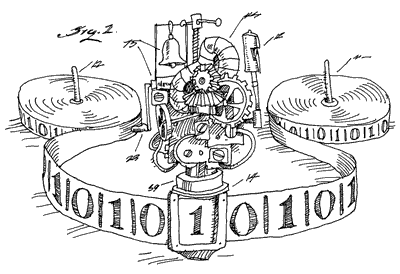| |
Goal:
- Familiarize with C++ STL class vector
Details:
Here is a step-by-step guide to finish this lab:
- Implement the following function following the pseudocode:
/**************************************************************
If you use vector
***************************************************************/
/* Generate an vector and fill it with random integers between 1 and 10,000
return the address of the array
@param size: the size of the array to be generated
@return the vector */
vector<int> GenerateRandomVector(int size)
{
vector<int> v; //declare a vector of int, initially empty
for i=1...size
num = generate a random number
v.push_back (num); //add the number into the end
// of vector
return v;
}
- Practicing iterating through a vector using index operator
- Why pass the vector by constant reference?
/* display the content of the vector */
void PrintVector (const vector<int> & intList)
{
int size=intList.size(); //how many items are in the vector
for i=0...size-1
display intList[i];
}
- C++ STL vector template class has implemented constructor,
desctructor, assignment operator for you, so
to assign one vector to another:
vector<int> randomvector= GenerateRandomVector(10 );
vector<int> copy=randomvector;
- Implement and testing bubble sort function with the following prototype.
- How do you make this a template function (so that
the same function can sort a vector of doubles, chars, strings...)?
- Why passes the vector by reference? (i.e., what happens if you pass the vector by value?)
****************************************************/
/* sort the vector of int in ascending order using bubble sort
@param intList: vector of ints
@postcondition: the elements in the vector is arranged in ascending order
*/
void BubbleSort (vector<int> & intList)
{
}
What to submit
Nothing!
|

